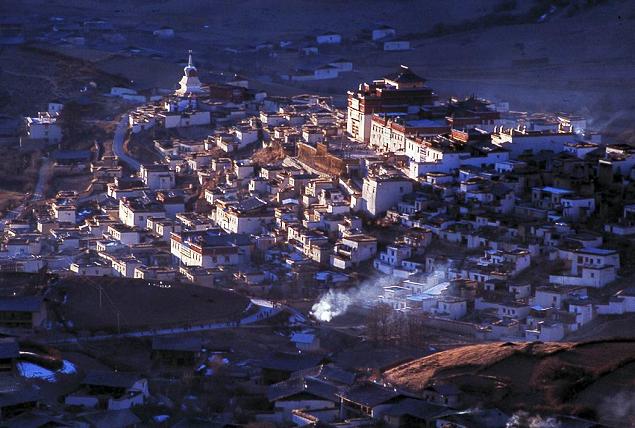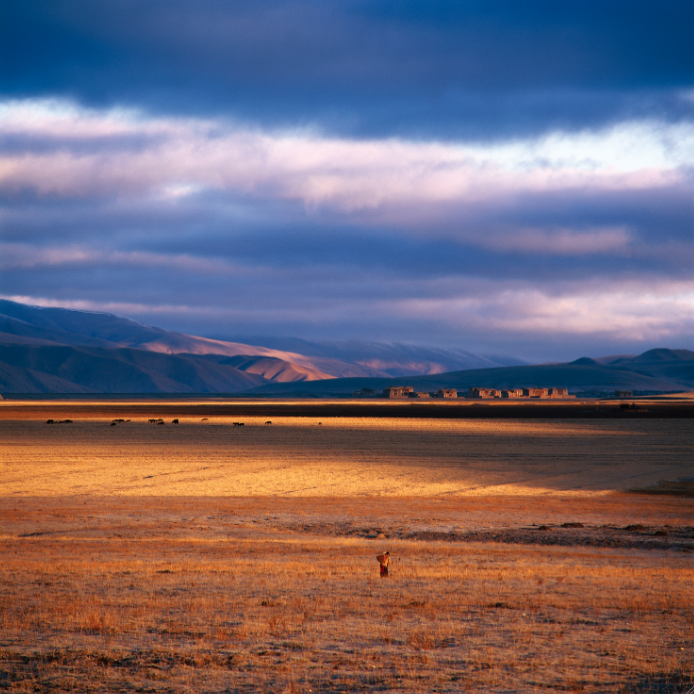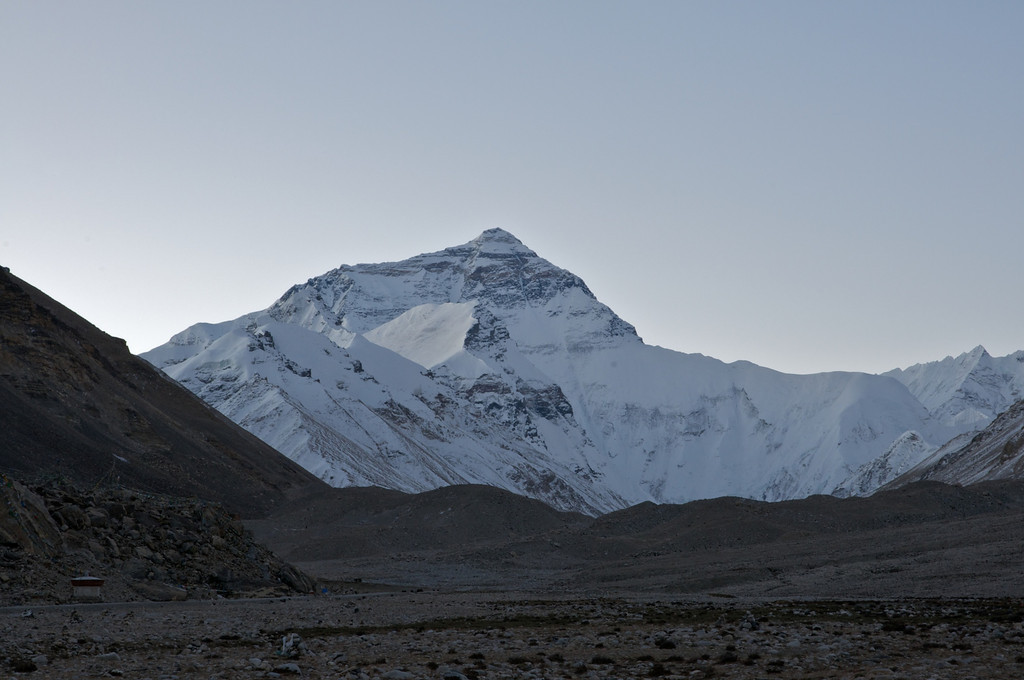Never been to China before? Don’t know where to start planning a trip?
Maybe you’ve already been to China’s major cities and their respective attractions. You want a trip that is adventurous, off the beaten path, and enables you to experience a new side of China. Where do you go?
What if you want to travel by train from Beijing to Tibet, and want to know the ins and outs of domestic Chinese travel?
AsiaTravel is here to help! Join us for AsiaTravel’s Twitter Live Q+A Session on Wednesday, November 11, from 8 pm to 9 pm EST (United States), for an interactive question and answer session in which AsiaTravel’s experts will answer your personal questions about any and all aspects of travel in China.
And, there’s more! The following week, AsiaTravel will select 5 questions to post answers to on the AsiaTravel blog. The followers who have posed these questions will have books donated in their name to a WildLibrary – a school or organization that works with children, which AsiaTravel has deemed in need of educational supplies.
If you’re thinking that getting expert advice on travel in China, coupled with donation books to children, sounds great (we sure do!), here is how to get involved:
- Follow us on Twitter at @AsiaTravel. If you’re not yet a Twitter user, sign up here.
- On Wednesday, November 11 from 8 pm to 9 pm EST, send us a tweet with your question(s).
- One of our AsiaTravel experts will reply to your tweet with advice.
- After the Q+A session, AsiaTravel will notify followers of their selection to be posted on the blog.
- The following week (Monday, November 16 to Friday, November 20), check the AsiaTravel blog regularly to see which questions have been posted to the blog.
- Winners and the WildLibrary donations will also be posted on the blog.
Any more questions about AsiaTravel Twitter Live Q+A? We are happy to help! Email us at info@wildchina.com.



